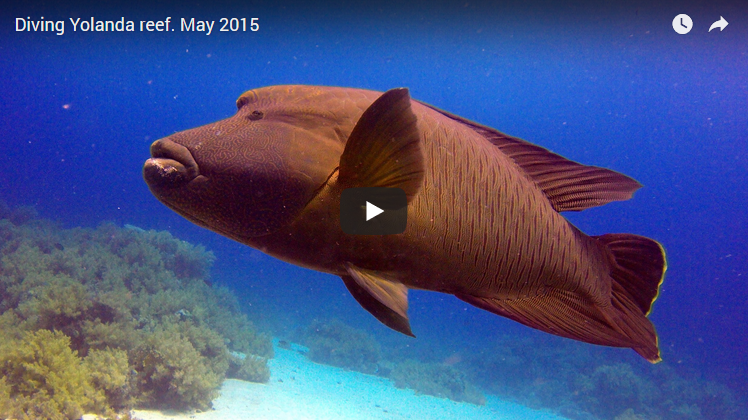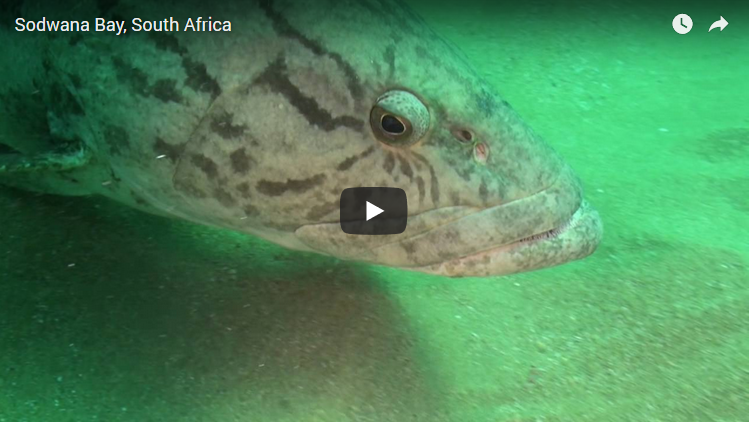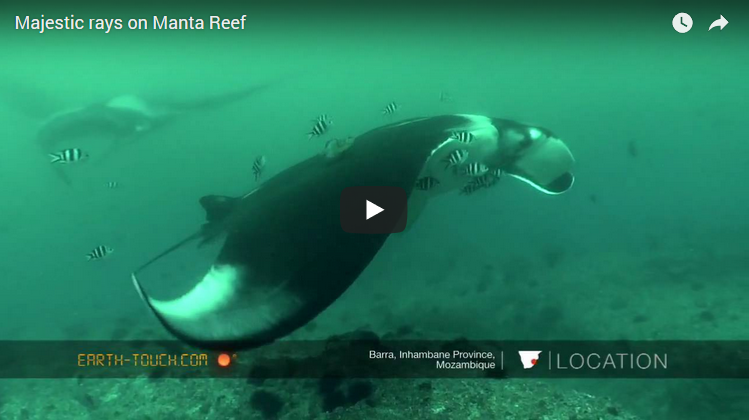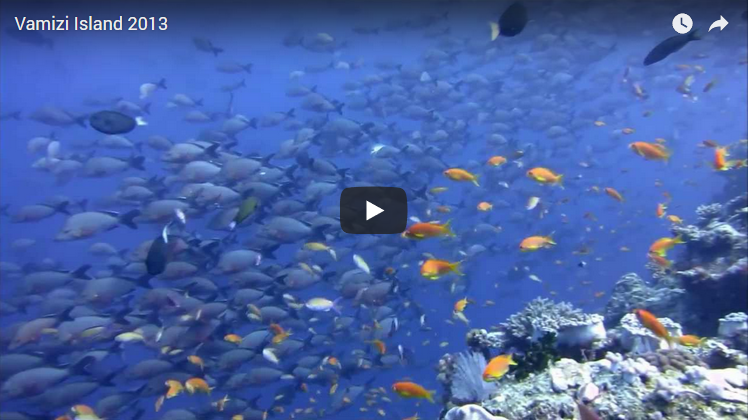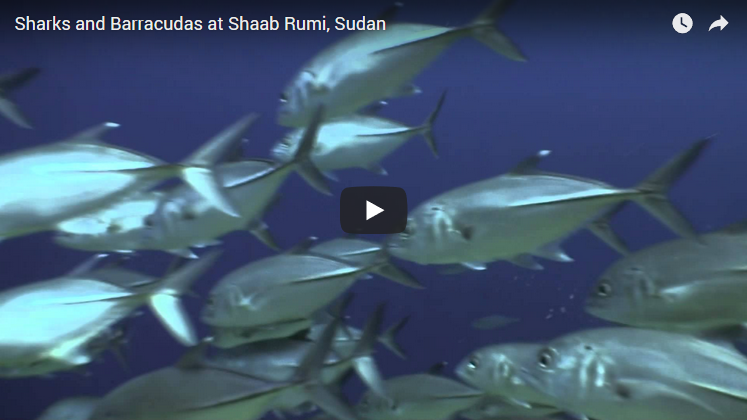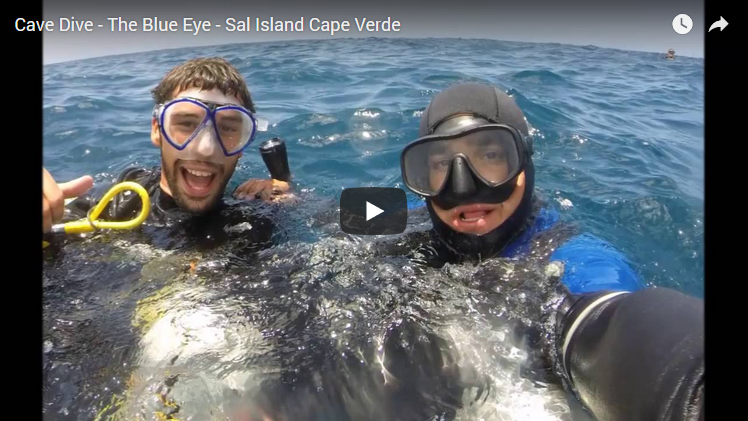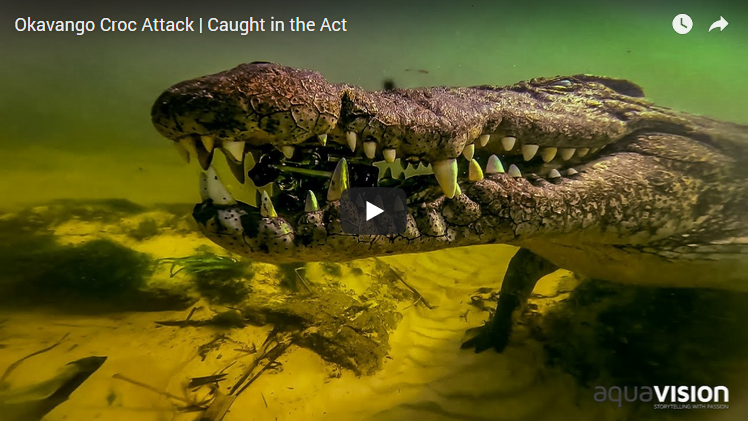Top 10 diving experiences in Africa
While Africa may be globally renowned for its diverse land wildlife, its oceans are equally celebrated for their variety of unique wildlife and world-class once-in-a-lifetime dive experiences. From the Red Sea reefs in the north, whale and shark spotting in the south, and cave diving and wreck exploration in between, Africa has underwater adventures for both the novice and expert diver.
Here are 10 of the top dive spots in Africa.
Yolanda Reef, Red Sea, Egypt
Situated off the coast of the Ras Mohammed National Park, on the southern tip of the Sinai Peninsula, the reef is the site of a cargo vessel called the Yolanda, which sank in 1980 while taking porcelain bathroom fittings to Europe. The wreck fell off a reef in 1985 and remained undiscovered for 20 years. Yolanda is one of many popular Egyptian Red Sea dives, which also include shark diving and the exploration of an older wreck of World War 2 military supplies named Thistlegorm. As of 2017, Yolanda has been voted by various global diving associations as the top dive in Africa for its challenging currents and unique visual elements. Divers get to swim amongst a wasteland of toilet bowls and bathtubs.
Sodwana Bay, South Africa
One of many popular dives around South Africa, Sodwana is on the KwaZulu-Natal coast, in the St Lucia Wetlands-iSimangaliso National Park. The bay’s main attraction is a 50km complex reef containing almost 100 species of coral, sponges and over 1 200 fish species. The dives also include several underwater canyons, caves and valleys, some reaching as deep as 700m. According to several diving websites, Sodwana is by far the most popular South African dive site, attracting over 35 000 international diving tourists annually.
Manta Reef, Mozambique
Manta is an offshore rocky coral reef off Guinjata Bay, in southern Mozambique. While not as deep and coral-rich as other African dives, Manta has a unique collection of underwater wildlife, including its namesake, the Manta ray, often found in unprecedented numbers in the Manta canyon alongside several reef fish varieties and invertebrates.
Mnemba Island, Tanzania
The largest island of the Zanzibar archipelago, three kilometres off the coast of north eastern Tanzania, Mnemba’s warm tropical waters offer comfortable dives and ocean-life spotting. Humpback whales are in the region between July and September, while Whale sharks and the endangered Green sea turtles are other diving highlights. With a small coral reef along a sandy bottom in its clearwater lagoon, Mnemba is perfect for both novice and expert divers.
Neptune’s Arm, Vamizi Island, Mozambique
With warm tropical conditions almost all year round, Vamizi offers a number of top diving spots, but the highlight, an hour off its coast, is Neptune’s Arm, an underwater cliff face coral reef that drops down almost a kilometre. Legendary diver Tim Simond calls the Arm the best dive in the world, with opportunities for both novice and advanced divers to explore its huge variety of wildlife and visually stunning coral gardens.
Aliwal Shoal, South Africa
A top wreck dive site, Aliwal, off the coast of KwaZulu-Natal, has two wrecks, including the SS Nebo which dates back to 1884. The shoal’s main wildlife attraction are its grey Nurse sharks (known locally as ‘raggies’) who mate in large schools in the area during winter and late spring. Its narrow reef, known as the Crown, includes both soft and hard coral as well as a variety of tropical and subtropical fish species, thanks in part to its temperate waters. Underwater drops can reach at much as 20m.
Sha’ab Rumi South, Sudan
Immortalised in the 1964 Oscar-winning documentary World Without Sun by dive pioneer Jacques Cousteau, Sha’ab Rumi is located in the Red Sea, 48km off the coast of Port Sudan, and is considered a homage dive. Species include Gray, Whitetip, Silky and Hammerhead sharks, which can be seen throughout the year. Two points of interest in the area are: the north, where Cousteau and his crew set up their underwater base in which the team lived for over a month while filming (divers can swim through the wreckage); and the south, a plateau reef that has a rich variety of coral and fish life, including Barracuda, more sharks and Bottlenose dolphins.
Sal Island, Cape Verde
Sal is one of the northern group of islands of the Cape Verde archipelago, and has wreck and coral diving in the south and a vast underwater cave system in the north. Falling in between a number of currents, various spots in the area are rich with a variety of underwater wildlife, including whales (humpback and sperm) in the winter (January to March) and turtles and rays in the summer. Cousteau called Sal an underwater Garden of Eden due to its coral variety and diverse diving challenges. The Blue Eye cave at Buracona is considered one of the most beautiful underwater sights in the world.
Okavango Delta, Botswana
Despite being landlocked, the Okavango (a World Heritage Site) offers a unique diving experience: swimming with Nile crocodiles. During a small window in June and July, when winter conditions offer good visibility and a calming effect on the crocs, divers with expert safety guidance can dive down to 30m without cages and view the crocs in their natural habitat.
Protea Banks, South Africa
Just eight kilometres off the KwaZulu-Natal south coast, Protea Banks is South Africa’s premier shark diving experience. Almost all species of shark can be found in the area, with divers sometimes spotting as many as five different species in a single dive, including Bull-Zambezi, Blacktip and Hammerhead sharks. Summer to autumn (January to June) is the best time to find elusive Tiger sharks, while the winter months Protea Banks offer a once in a lifetime front row seat for the Humpback whale migration. Operators offer both caged and uncaged dives with sharks.
Sources: Brand South Africa, PADI: Professional Association of Diving Instructors, Pro Dive South Africa


